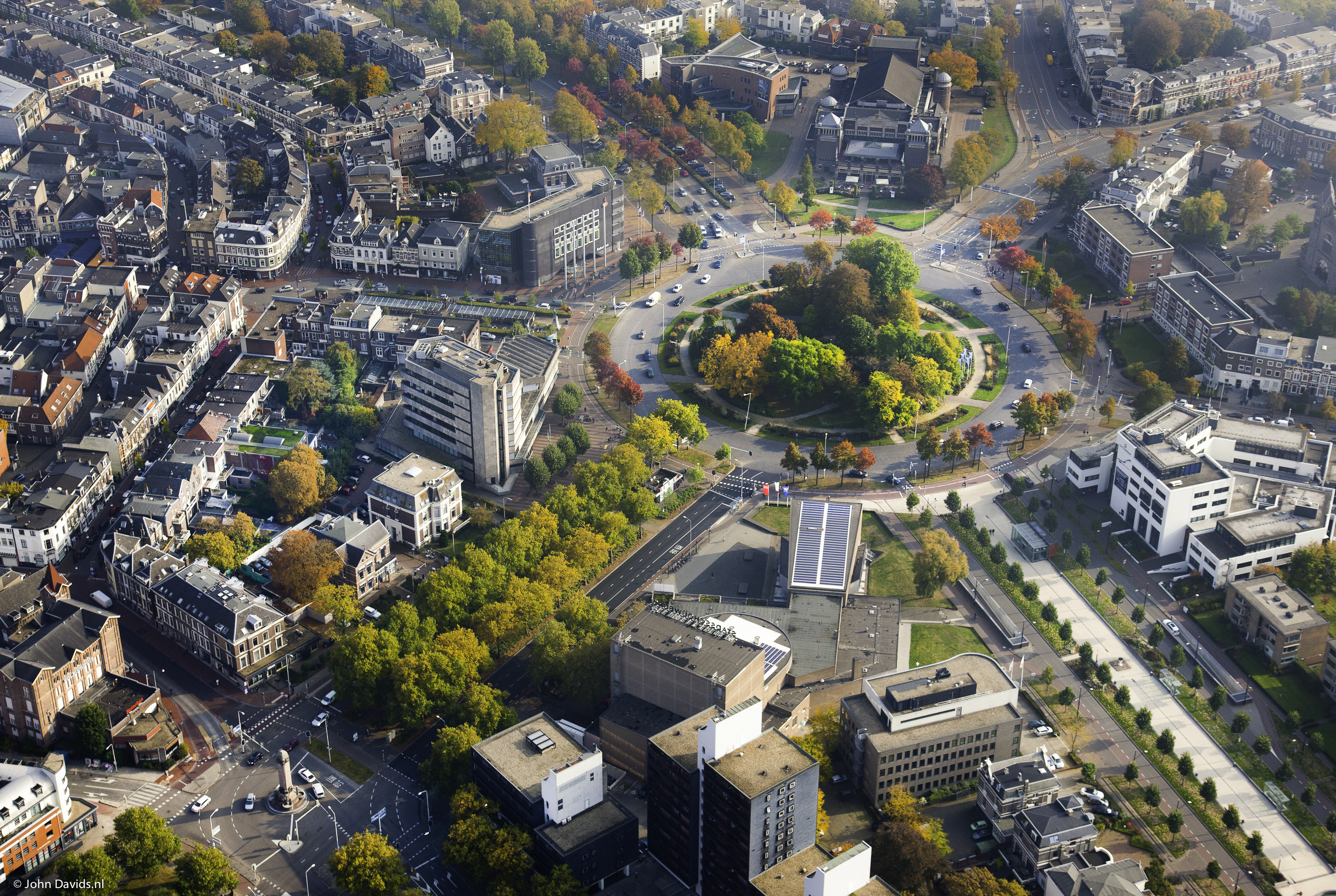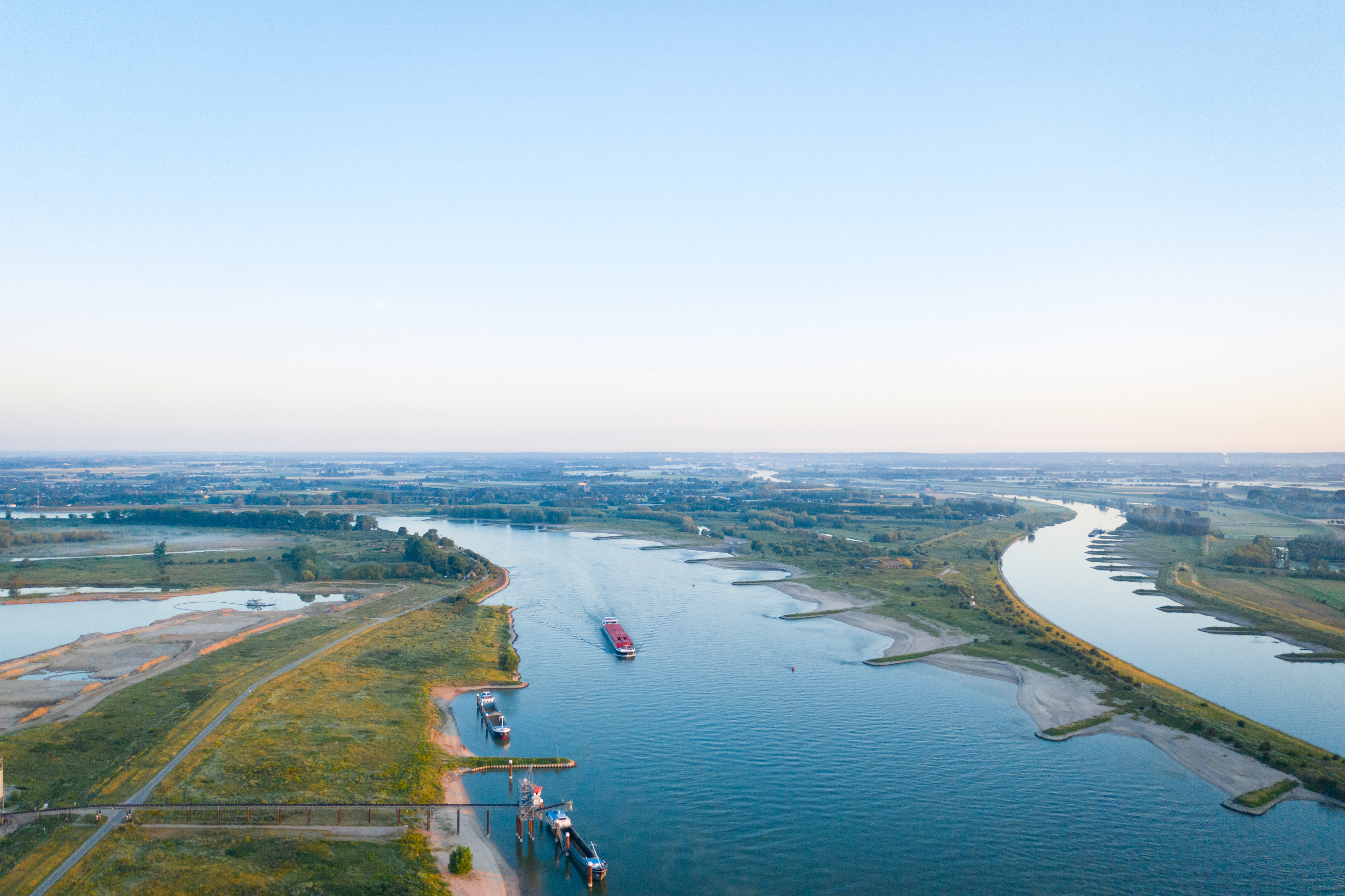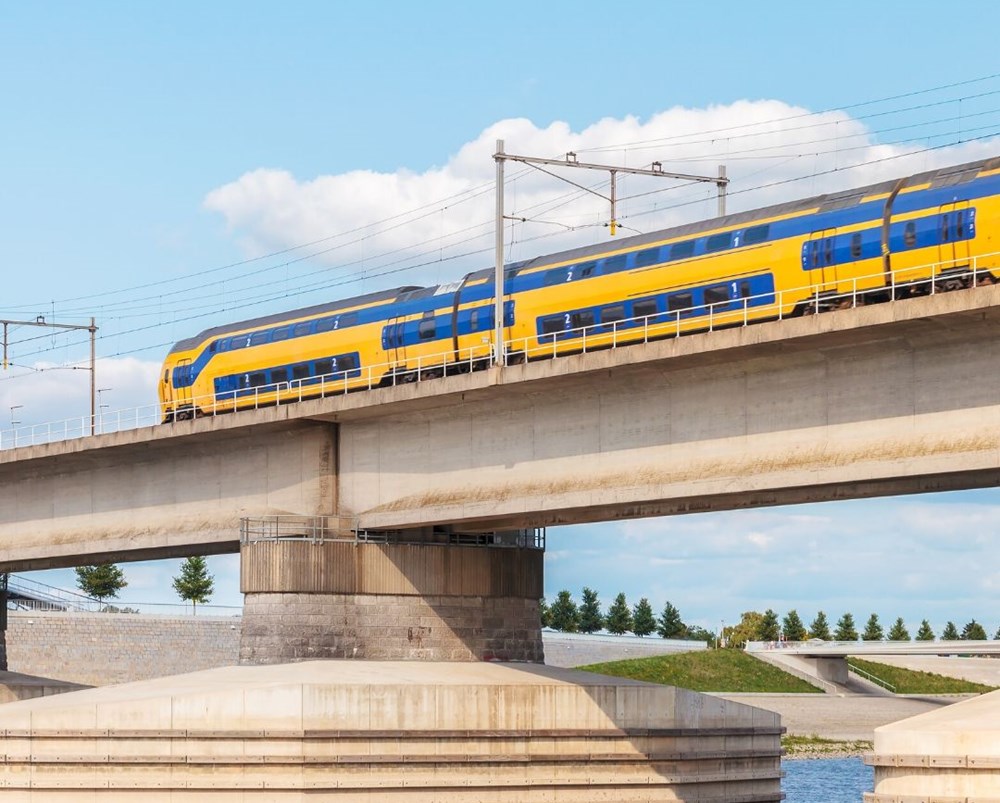Best places to live in the Netherlands
In this article we’ll look at the differences between two parts of the country that are quite different: the urban jungle that is the ‘Randstad’ megalopolis and the more green, rural and laid-back parts of the province of Gelderland. Hopefully, this will inspire your quest for a new home away from home!

Finding home sweet home in the Netherlands
Are you intrigued by the option of living in the Netherlands but wondering where the best places to live would be? You might imagine that in such a small country, it doesn’t make much of a difference where you live as everything is close by and similar looking, by which we mean you probably think it’s all flat! Ask any Dutch person, however, and you’ll be surprised to find that our ‘koude kikkerlandje’ (literally ‘chilly, froggy country’, referring not only to the Dutch climate, but also to the direct nature of its people) boasts a wide variety of cities, villages and landscapes. And yes, even hilly areas that would impress the most experienced cyclists.
When choosing where to settle down, it’s all about your preferences, lifestyle, and proximity to work (commuting by car is no laughing matter). There are also other factors to consider when deciding where to put down your roots. In this article we’ll look at the differences between two parts of the country that are quite different: the urban jungle that is the ‘Randstad’ megalopolis and the more green, rural and laid-back parts of the province of Gelderland. Hopefully, this will inspire your quest for a new home away from home!
The Randstad
The area commonly referred to as the ‘Randstad’ is in the western part of the Netherlands and defined by the four largest cities: Amsterdam, Rotterdam, The Hague, and Utrecht. This huge metropolitan area has approximately 8.2 million inhabitants, almost half of the country’s entire population. Important ports of entry like the ports of Rotterdam and Amsterdam, and Schiphol airport are contained within this area, which is just one of the reasons why it’s one of the most important and densely populated economic areas of North-Western Europe. Although the Randstad covers only 20 percent of the country’s territory, more than half of the Dutch work there. This has upsides and downsides. Public transport in and between the cities is well-organised with trains, trams, buses, and metros departing every three minutes or so. A wide variety of luxury shops and markets make the area appealing to shoppers, while museums and (historical) architecture allow for a proper immersion in Dutch culture.
There is a price to pay, however, the first one actually being prices! Not only is it more expensive to eat out, visit museums and park your car in the Randstad; the housing shortage has made the rental prices per square metre skyrocket in the area, and parking permits in the cities are hard to come by. Moreover, although there are beautiful parks, you’ll be hard-pressed to find any natural landscape untouched by human activity.

Something a little different
Are you reeling from the razzmatazz of the Randstad and wondering if there is an alternative? How about an innovative region that’s at the forefront of the green energy revolution? A place where living is affordable, where there are vibrant cities as well as gorgeous natural landscapes to enjoy?
With its proximity to the German border, the Arnhem – Nijmegen – Wageningen area is the opposite of de Randstad. The main difference is its living climate. The area is rural and spacious, a lot less densely populated and there’s always at least one of its villages being nominated for the title of greenest village in Europe. Gelderland counts just over two million inhabitants and real estate prices are significantly lower. The same goes for the cost of student accommodation: not only is the overall price lower, the spaces are a lot more… well spacious. Still, this is not some rural backwater. The vibrant cities of Nijmegen, Arnhem and Wageningen offer the typical Dutch ‘gezelligheid’ (a word that by all accounts cannot be translated, but read all about it here) with lots of cafes and restaurants, as well as student activity. The cities are also important economic drivers that excel at innovation: Arnhem is at the heart of the global energy transition, while Nijmegen and Wageningen are at the forefront of medical and agricultural research, respectively.
Whereas the Randstad is mainly flat, the province of Gelderland is known for its beautiful, undulating landscapes, in which you can cycle and hike to your heart’s content.
More to discover…
Obviously, we could say so much more about these two important regions in the Netherlands that both of so much to offer, but hopefully we have at least tickled your fancy with this brief glimpse. If you are hungry for more, check out our other articles.





